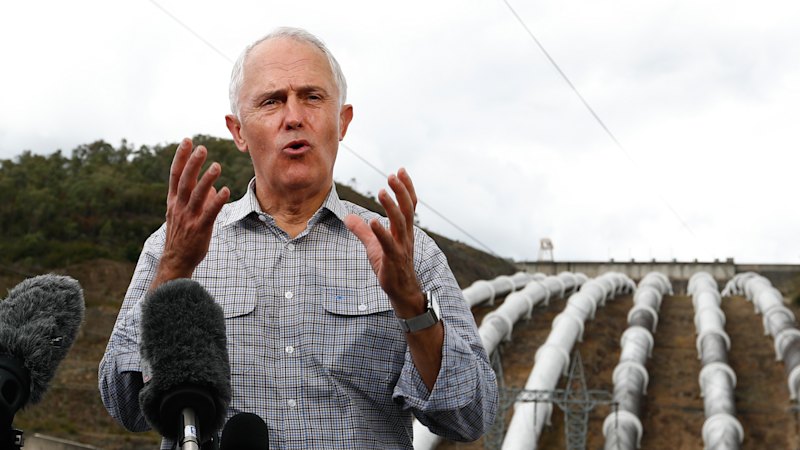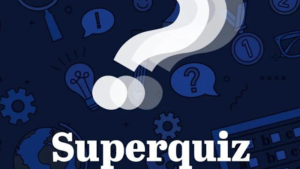
Former Australian Prime Minister Malcolm Turnbull has responded to criticism surrounding the escalating costs of the Snowy Hydro 2.0 project, which has recently seen its budget increase to over $12 billion. Originally estimated at $2 billion, the project aims to enhance Australia’s renewable energy capacity but has faced significant challenges that have led to a staggering cost escalation of 900 percent.
On Friday, the government-owned Snowy Hydro admitted that the revised budget would exceed the initial estimates due to various operational hurdles. A nine-month cost review, involving independent construction experts, is currently underway to assess the situation. Turnbull defended the project’s ambition, stating that larger projects like Snowy Hydro 2.0 are inherently more susceptible to cost overruns but offer greater benefits.
“What is the cost of not undertaking the clean energy transition?” Turnbull posed, emphasizing the financial implications of not replacing aging coal-fired power stations. He noted that while smaller projects may be less likely to exceed budgets, they would not provide the extensive storage capabilities that Snowy Hydro 2.0 promises.
Project Background and Challenges
Launched in 2017, Snowy Hydro 2.0 is an extension of the original Snowy Mountains Scheme, a landmark infrastructure project initiated in 1974. The expansion was expected to take six years and cost $2 billion but has since been revised to a completion date in 2028, attributed to the impacts of the pandemic and rising inflation rates.
The project has faced several interruptions, including safety concerns, which have contributed to its increased budget. Dennis Barnes, CEO of Snowy Hydro, stated that the project is currently 67 percent complete, despite the ongoing challenges. Turnbull echoed this sentiment, asserting that many large infrastructure projects in Australia are also experiencing budget overruns. “Out of all the big infrastructure projects being built in Australia today, I am aware of only one which is on budget, and that is Western Sydney Airport,” he remarked.
The Snowy Hydro 2.0 project is notable for its planned construction of a 27-kilometre tunnel, which will connect the dams of the original project, making it the longest pumped hydro project in the world. This construction is crucial for enhancing storage capacity, vital for managing intermittent renewable energy sources like wind and solar.
Future Implications and Industry Perspectives
Turnbull urged that the effectiveness of pumped hydro should not be solely judged by the current cost challenges. He described Snowy Hydro 2.0 as one of the largest “water batteries” globally, highlighting its potential to provide substantial long-duration energy storage at a time when such solutions are increasingly critical.
Professor Andrew Blakers from the Australian National University has referred to the project as a “true revolution,” claiming it will offer six times more storage capacity than all other rechargeable storage in the Australian electricity system combined. He also emphasized the long-term nature of the investment, noting that the civil works have a technical lifespan of 150 years.
In terms of cost, Blakers argued that Snowy 2.0 represents a more efficient financial commitment compared to home battery subsidies, which can reach up to $327 per kilowatt-hour for significantly shorter lifespans.
The ongoing scrutiny of the project’s costs has drawn attention amid a broader political landscape where opposition members express concerns regarding Australia’s ambitious targets for achieving net-zero emissions by 2050. Energy Minister Chris Bowen acknowledged that the recent reassessment of costs was “disappointing” and indicated that the government would closely examine the findings.
As the debate over the future of energy in Australia continues, Snowy Hydro 2.0 stands as a pivotal project that encapsulates the complexities of transitioning to renewable energy while managing significant financial and operational challenges.






